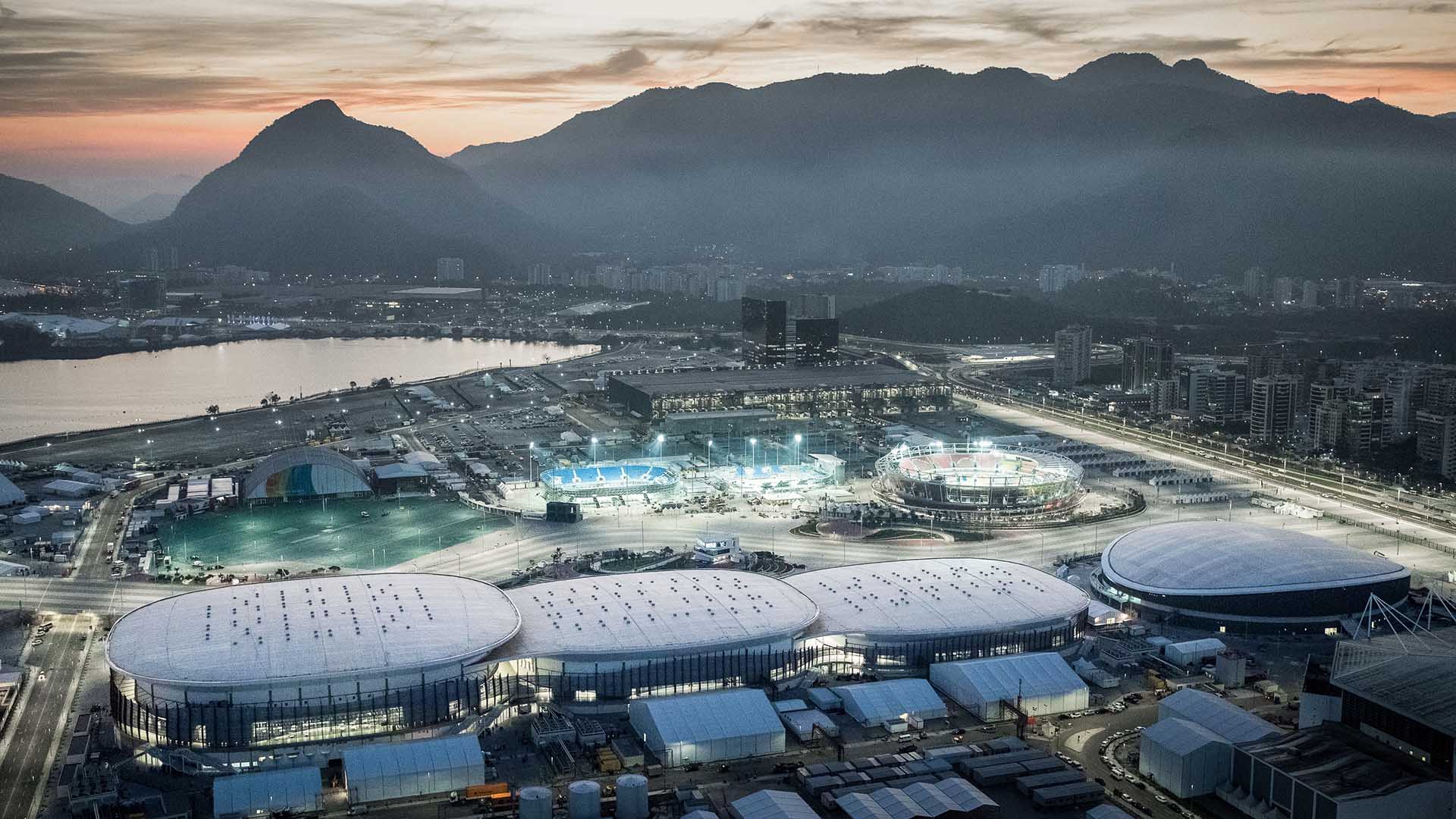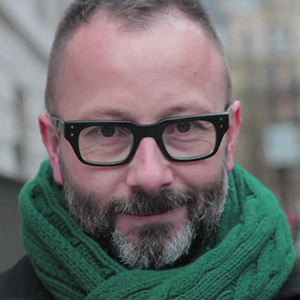Architecture of the Olympics
What is the future model for the Olympics in the 21st century?
As the late cultural critic Mark Fisher almost said, it is easier to imagine the end of the world than the end of the Olympic Games. Easier, but not impossible.
With a year to go before the latest installment of the long-running soap opera, this time set in Tokyo, the standard storylines are playing out as per usual. Cost overruns. Allegations of corruption. Cancellations. Resignations. Worries over white elephants. Anxiety over that dread word that haunts all Olympics: legacy.
The plot is essentially the same every four years. Because every four years the world appears to forget it. The hopes and promises of the bid (The Greenest Games! The Most Cost-Effective Games! The Most Spectacular Games! etc. etc.). Followed by the brutal reality of delivery (brutal, of course, mostly to the poor souls unfortunate enough to live on or near the site of the Games). Then—showtime! Pretty fireworks, shiny medals, Usain Bolt, Go Team GB!, well that was fun wasn’t it? Then, hometime. The inevitable comedown. Reports into decaying venues, parks sprouting weeds, vast public debt. Followed by amnesia, and everything starts again. The hopes and promises of the bid. Followed by the brutal reality of …etc.
London 2012 might have been a game changer. Communities and cultures were, as usual, displaced as the site was cleared. Gentrification and unfettered property speculation followed in the Olympic Games’ wake. But there was no corruption. Faint praise, I know, but still. It was on time and on (admittedly vast and increasing) budget. It was a miracle of efficient long-term planning and construction. It was not a national embarrassment, which, in light of current affairs in the UK since, is the more remarkable. And, seven years on, amid that gentrification and unfettered property speculation, the venues are busy, the park popular. And weed-free.
Rio 2016, though, returned to the standard script. Accusations of corruption, bribery, human-rights violations, the displacement of tens of thousands of people. Reports of decaying venues, parks sprouting weeds, etc. Paris 2024 likewise, though it’s still in the “hopes and promises” part, with an awfully on-trend slogan—“Made for sharing”—and promises of collective elation, a “better future” and Instagrammable moments –“where everyone can share their emotions”. And Los Angeles 2028? “A city where we turn the impossible into a reality” … “A new Games for a new era…”

STOP! Just stop. Please. Isn’t it about time we changed the script?
That script—essentially the same storyline behind urban change in capitalist economies since the 1950s—is in many places currently under either a major rewrite or a savage critique, depending on your political persuasion. Marshall Berman identified the basic plot in his masterly 1982 book on modern cities, All That Is Solid Melts Into Air. The story comes from a classic: Doctor Faustus. The impossible does become a reality, only at a price. You achieve immortality, only there’s a downside: you have to sell your soul. It’s been the basis behind the governance of cities in the West for decades: investment, but someone has to pay. There is no alternative.
But is there? At a time when the world is in, shall we say, considerable flux, when our tolerance of corruption is low (and our ability to spot it high, post cyber-whistle-blowers and #MeToo), and our trust in authority figures is even lower; when the inevitability of economic growth is under question and the accepted ways of doing things in every sphere of life are being thrown to the winds—and I’m not even mentioning the climate emergency or prospect of worldwide economic crisis—one wonders how long the current Olympic Games model can continue. Is London 2012, or Barcelona 1992, the best we can hope for? Gentrification, unfettered property speculation, but no major disasters and venues that are actually used. Is this it? Or is someone out there going to imagine a new storyline?
MAIN IMAGE: Cariocas Arenas, Rio 2016 Olympics, designed by WilkinsonEyre, Photography © WilkinsonEyre
